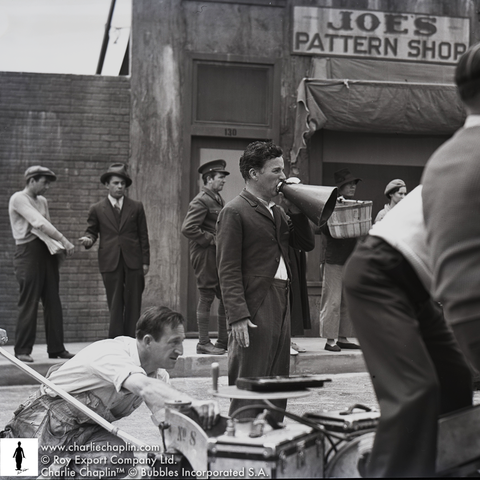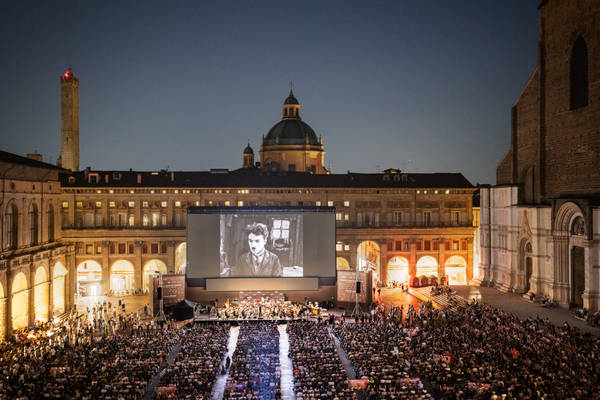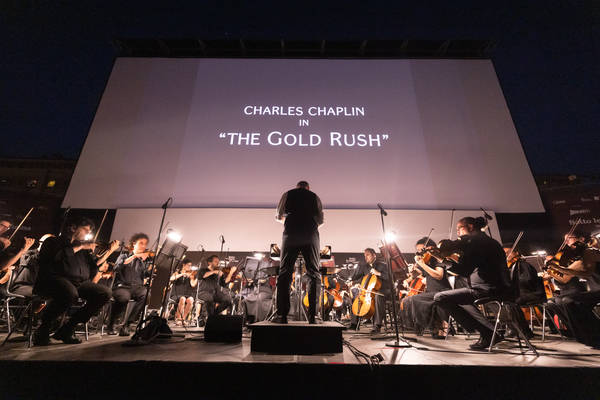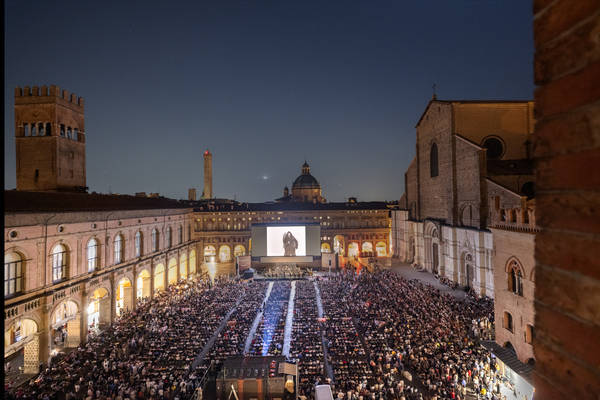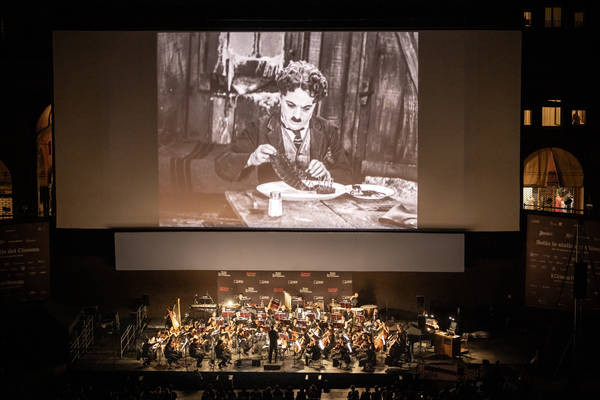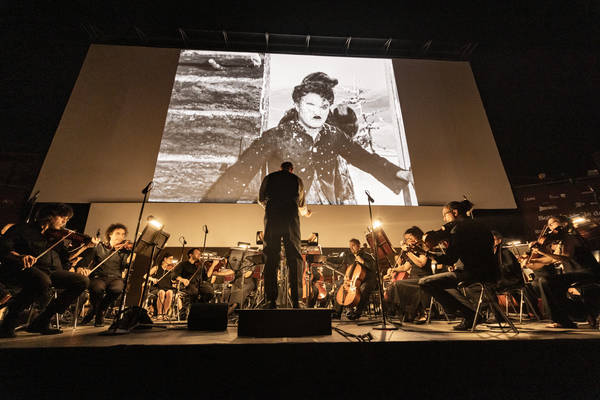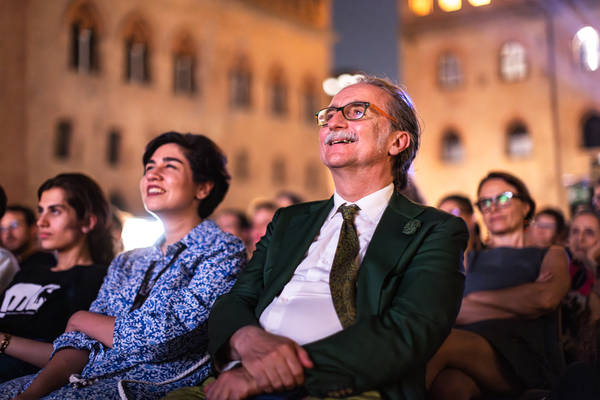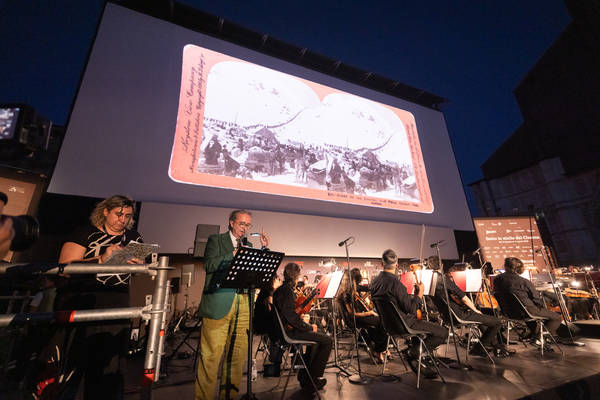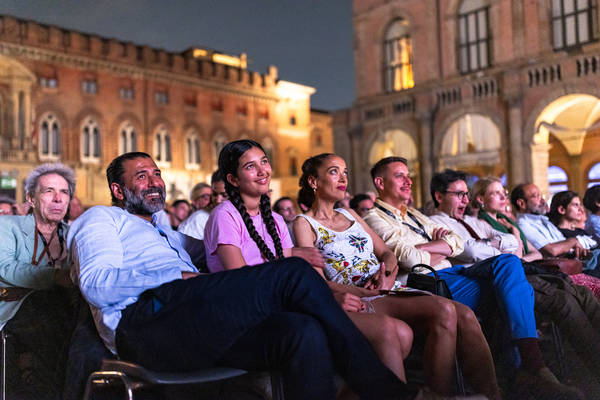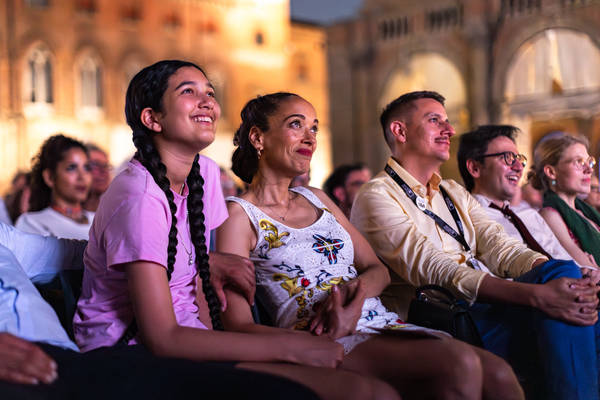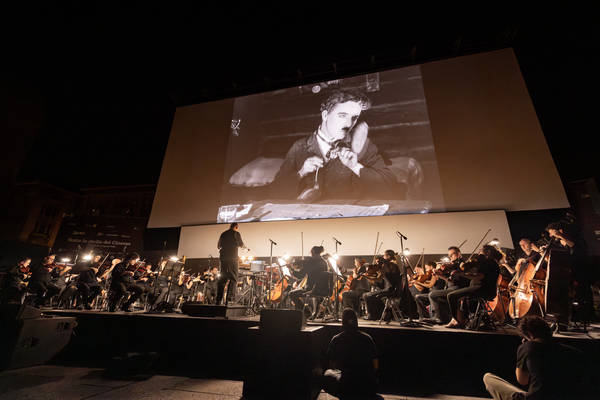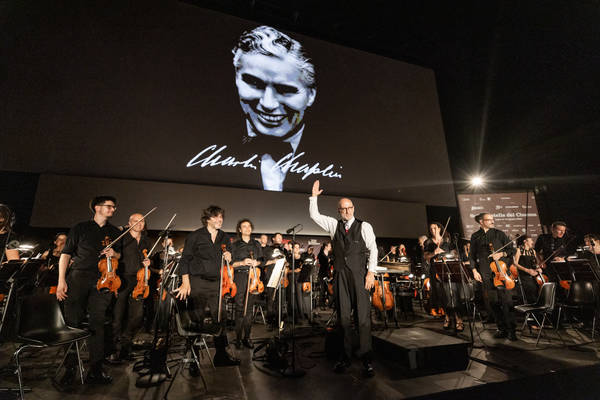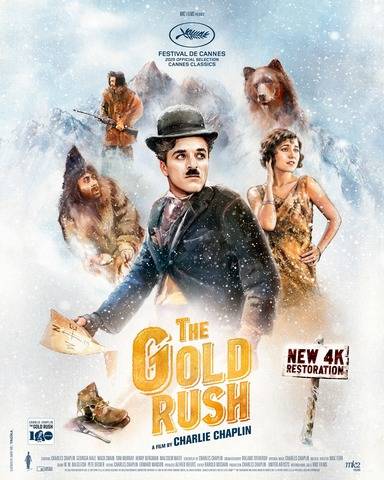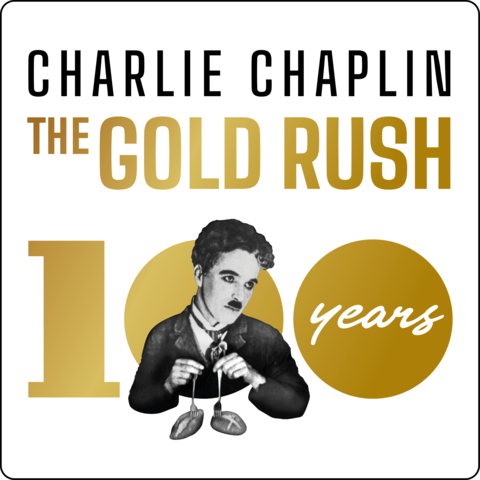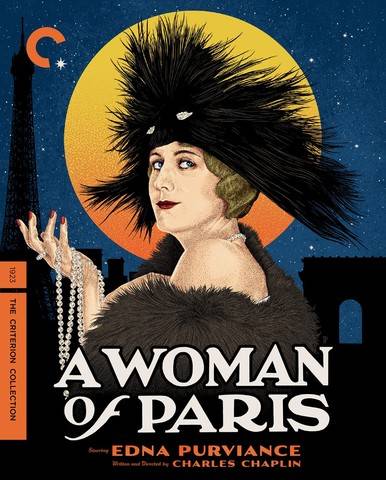Charles Chaplin’s The Freak: The Story of an Unfinished Film
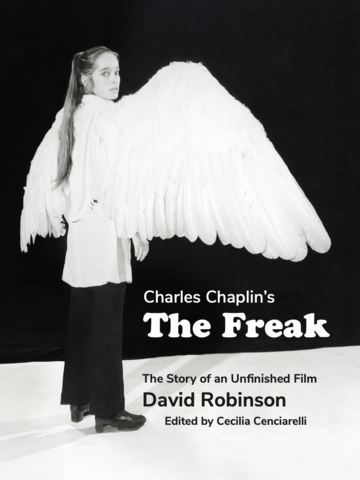
We are happy to announce that Sticking Place Books published in English David Robinson’s Charles Chaplin’s The Freak: The Story of an Unfinished Film on 8 October.
Originally released in Italian by Cineteca di Bologna in 2020, this edition presents Chaplin’s last, unfinished film for the first time to English-speaking readers—a project that has long intrigued Chaplin fans.
Chaplin conceived The Freak in 1968–69, close to his eightieth birthday, and produced the screenplay with remarkable speed. Even while seeking funding, he and producer Jerry Epstein commissioned designers, produced storyboards, and explored pre-CGI special effects, including the prototype wings for the leading actress—Chaplin’s daughter Victoria—which are now on display at Chaplin’s World in Switzerland.
Victoria recalls about her father:
“For hours, for weeks, for months, he studied the movements of birds in flight—the living mechanics of wings. He watched films where men and women soared through the sky. But the techniques back then did not satisfy him. He wanted to find his own way—crafted, personal—a way to translate the sensation of flight onto the screen. I believe he would have found it.
But time clipped his wings. Charlie Chaplin never brought his vision to life.
The kites, the gulls, the crows of the canton of Vaud know something of this. Perhaps they kept, in some faint way, the memory of the man who once watched them with such loving eyes.”
Written by David Robinson and brought to fruition thanks in large part to Kate Guyonvarch, as well as through the longstanding commitment and expertise of our partner, Cineteca di Bologna, this book draws on a wealth of materials preserved in the Chaplin Archive.
It is not just the first-ever publication of an unknown Chaplin film script, but also highlights the Chaplin Office and Cineteca di Bologna’s crucial role in preserving and making accessible Chaplin’s archival treasures, with the support of the Chaplin family.
